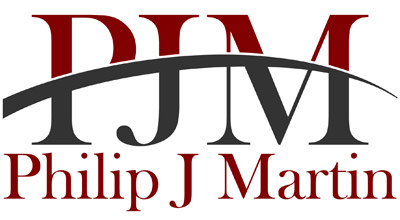
“Get back to work!” Who was the last person that gave you that command? Did you say it to yourself? What we really mean by this is that it’s time for hard, focused labor. It’s time to put our nose to the grindstone, keep our shoulder to the wheel, and put our back into it. That sounds like a pretty serious approach that will probably get the job done, but may not give us the best result, especially if we’re trying to solve a problem.
The brilliant mind behind Monty Python, John Cleese says “the most creative professionals always played with the problem for much longer before they tried to resolve it.” A solution often requires time for exploration, creativity, and even fun. Cleese reflected, “The more I allowed myself time to not find an answer, the better answer I eventually created.”
My experience has taught me that to uncover the best solution possible, you need to play with the problem. So, give it time and space to bounce around in your brain, simmer and percolate; kick it about a bit.
Instead of telling yourself to “get back to work,” what if you told yourself that it was time to “get back to play” or, as Walt Disney might say, to “get back to making magic.”
A play-oriented approach perhaps takes more time, but the results are going to be far more impactful. Play:
- Creates an environment that celebrates inspiration, creativity, and off-the-wall thinking.
- Pushes us to rethink what we think we know.
- Expects creative silliness, which usually leads to extraordinary results.
- Relaxes the room and opens the mind.
- Finds the best solution by not settling for the first solution.
My advice: Don’t search for the answer. But instead, live with the question. Let the question lead you out to the edges of your thinking. And don’t be afraid to explore, be creative, be silly, and have fun. As Ludwig Wittgenstein said, “If you never did silly things, then nothing intelligent would ever get done.”

